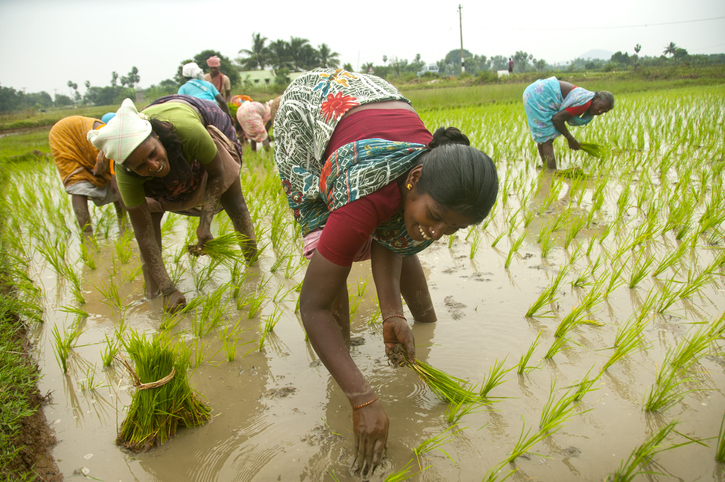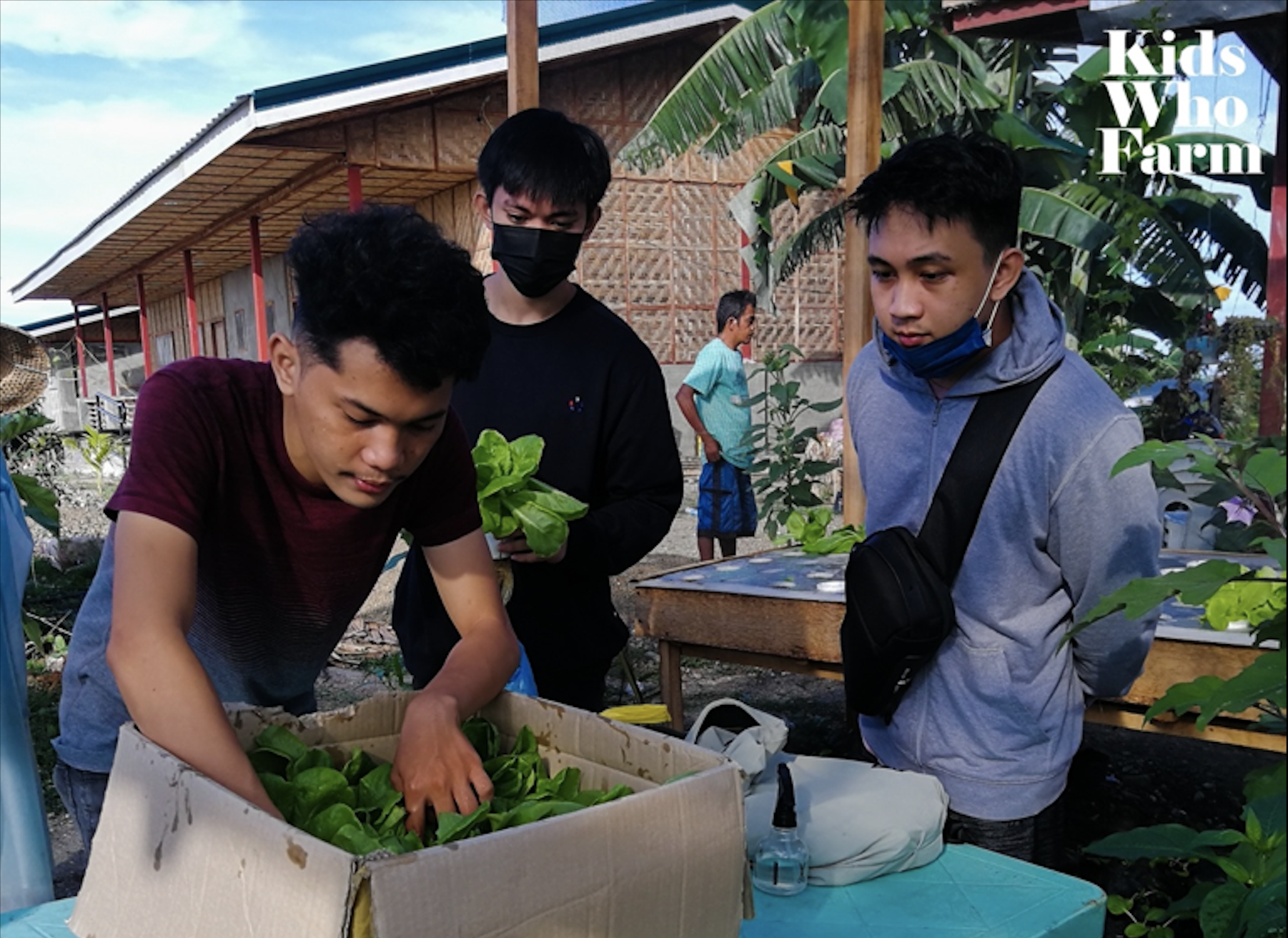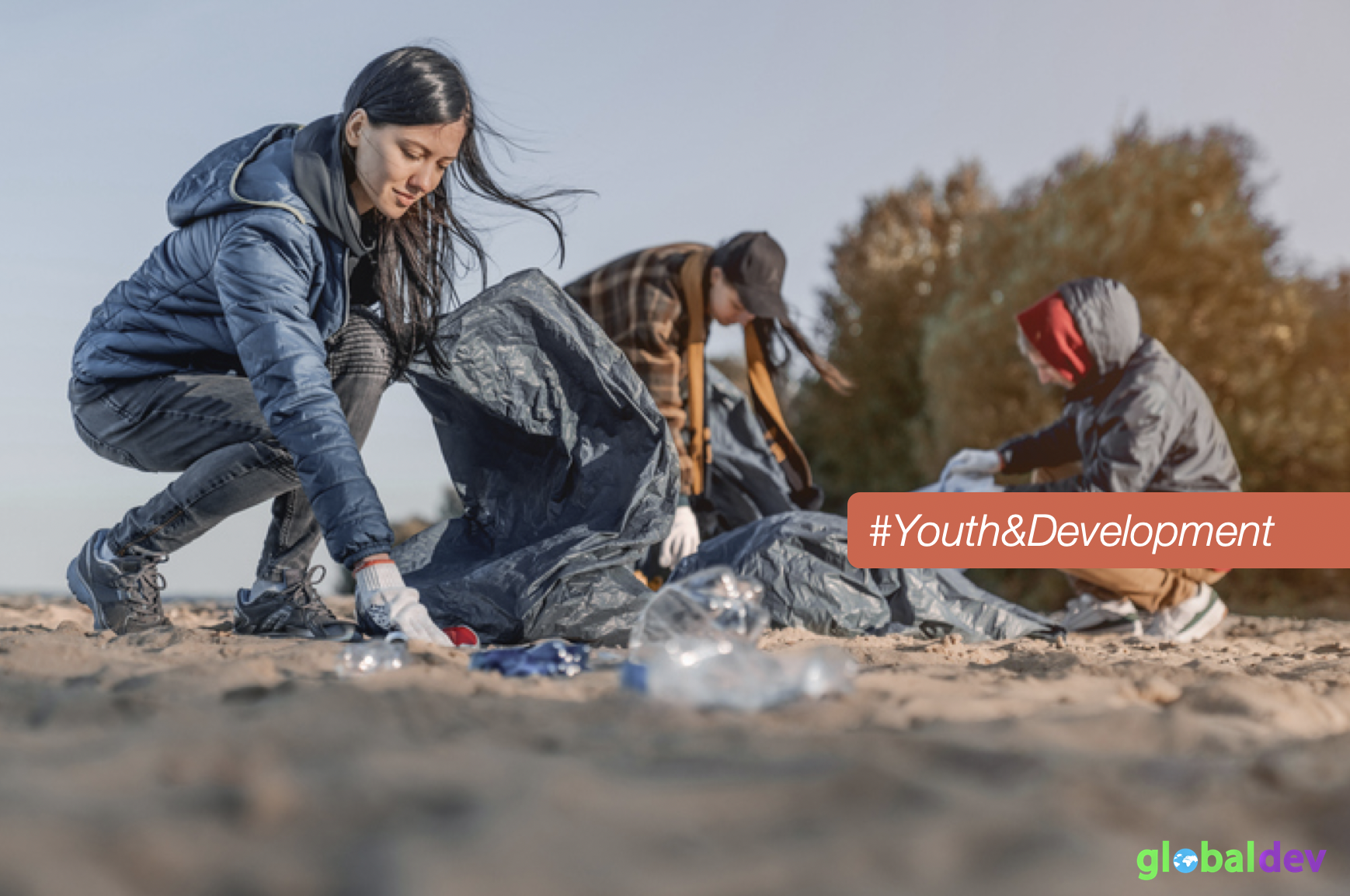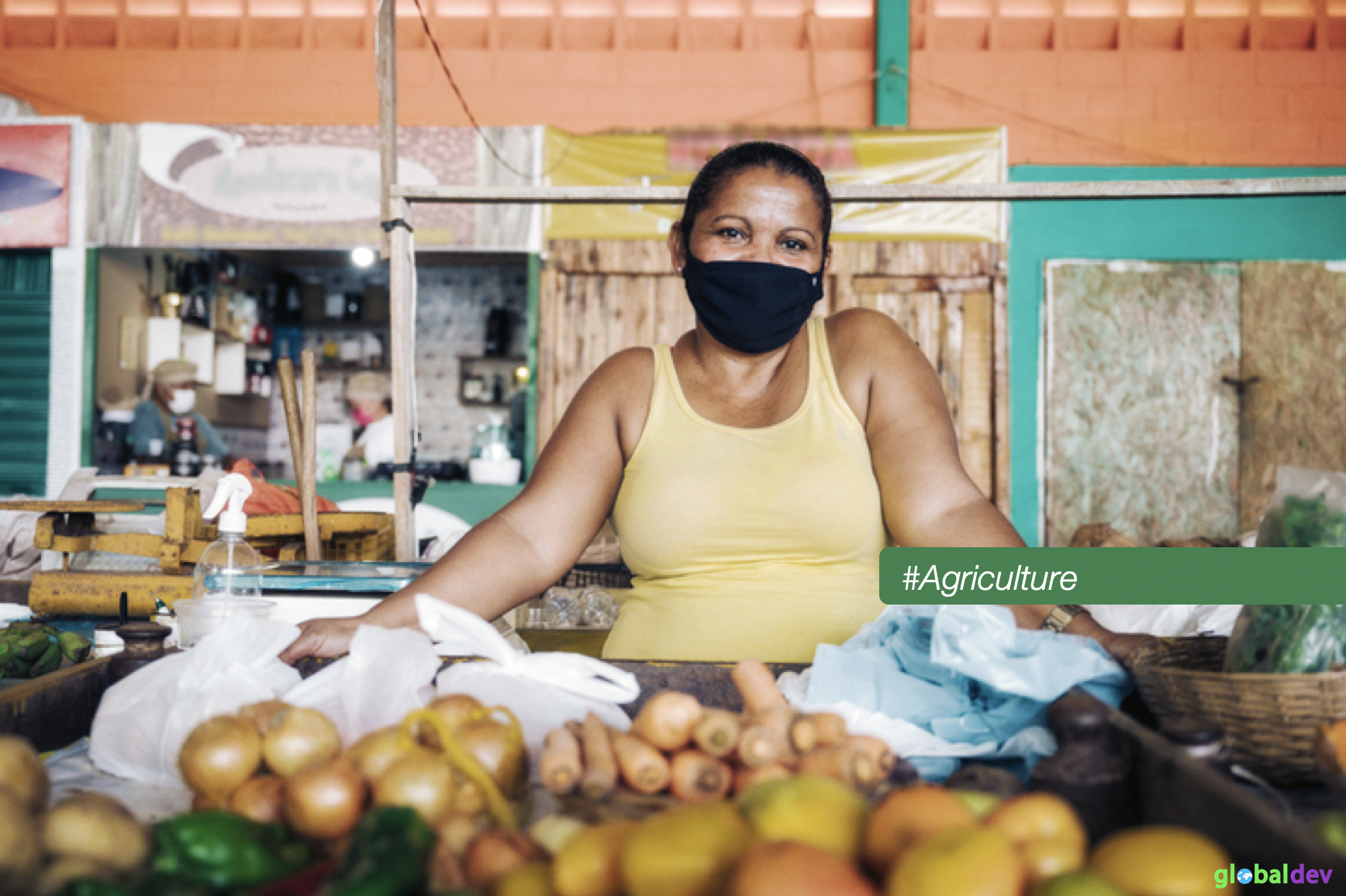Development aid has been a key area in which China has expanded its global influence over the last decade. This column explores China’s potential future impact on global stability, particularly with the potential of Covid-19, to fuel conflict. The authors compare the foreign assistance of China and Western donors, and show how a common multilateral response may have the most significant stabilizing impact on the world during the current crisis and beyond.
Covid-19 is likely to be adding fuel to the existing causes of political repression and violence. In response, individual countries and international organizations have been seeking to mitigate the pandemic’s effects on conflict.
China took a leadership role in response to the first wave of coronavirus. But several observers have cautioned against China’s recent ‘mask diplomacy’ as a way to gain international influence (and potentially cover up its role in the virus outbreak). Given that the People’s Republic fought the virus at home with repressive measures, a crucial question is what the country’s efforts to expand its international influence might mean for conflict and political stability.
How the pandemic could influence conflict and endanger stability
The pandemic may have several unpredictable long-term consequences for conflict. Nevertheless, based on existing theories of the causes of conflict, it is possible to predict the main risk areas.
Opportunity cost
Covid-19 lowers the opportunity cost of engaging in conflicts if business opportunities decline during lockdowns or food becomes scarce. Fewer ‘outside options’ increase the incentives to engage in violent conflict.
Inequality
The pandemic does not affect each person equally. Minority groups are affected more severely, for example. This, in turn, aggravates existing inequities and gives rise to distributional conflicts.
Repression
Lockdowns reduce contact between individuals and thus lower conflict mechanically in the short run. But in the long run, the channels through which conflict arises may dominate, particularly in fractionalized and vulnerable states.
During the pandemic, some regimes may even introduce repressive measures under the pretext of virus containment measures, especially as the international community may be more concerned with domestic challenges. This creates blind spots, and risks young democracies and anocracies sliding back into authoritarianism. Azerbaijan’s selective social isolation of opposition members and Hungary’s rule-by-decree exemplify the trend.
International responses and Chinese leadership during the pandemic: what are the implications for global development and stability?
The rapid spread of the virus required a fast response. Bilateral donors reacted quickly to the pandemic. The United States transferred Covid-19 aid to the World Health Organization on 1 March, followed by Japan on 5 March, and Germany on 16 March. The World Bank has committed about $160 billion over 15 months. The amount is far greater than the assistance of bilateral donors taken together, but the commitments were announced only on 2 April.
By the end of March, many bilateral Western donors were severely affected by the pandemic themselves, facing constraints in the availability of critical medical goods required for emergency relief. Thus, there was no clear leadership as the pandemic unfolded.
China, which recovered much quicker from the initial outbreak and is the world’s main producer of medical goods such as masks and ventilators, took the chance to take on a leadership role. But the Chinese engagement may need to be assessed in a more differentiated way, particularly with regard to conflict.
Opportunity costs
Aid by both China and Western donors may help partner countries to address economic shocks induced by the crisis. But if other donors have to withdraw, Chinese aid may fill the gaps. In this way, China can provide a cushion against aid shocks.
Inequality
Development aid is used to compensate the groups most affected by Covid-19. Yet, if it is not well targeted, aid may also spur inequalities. Bilateral and multilateral aid does not always reach the poorest. This is due to economic and political interests, along with constrained access to remote and fragile areas. Given these constraints, it remains questionable if bilateral and multilateral aid are sufficient to circumvent additional grievances due to the pandemic.
Previously, Chinese large-scale infrastructure projects helped to disperse economic activity across sub-national regions of partner countries, which may lower inequalities.
Yet, the People’s Republic follows a ‘non-interference principle’. This means that China stays out of the domestic affairs of partner countries with conditions. Critics say that it makes China’s foreign aid more susceptible to corruption and favoritism, increasing existing inequalities. Hence, the net effects due to Chinese pandemic relief remain uncertain.
Repression
Political aid conditionality and shaming by the international community are powerful tools for contributing to democratization and improving the quality of political institutions. China’s non-interference policy is often criticized for undermining institution-building efforts of other donors.
In a recent study, we show that both bilateral Chinese aid and multilateral World Bank aid reduce lethal violence by the state against civilians. While not engaging in outright conflict against its own citizens, China is known for its repressive domestic policies against minorities. Moreover, Chinese commercial firms have exported surveillance equipment to low and middle-income countries such as Angola, Ethiopia, and Zimbabwe, which may restrict civil liberties and weaken democratization.
Against this background, our study indicates that Chinese aid is related to more non-lethal repression. One may conjecture that China’s rising engagement during the pandemic will support rather than weaken repressive tendencies, which are implemented under the pretext of virus containment.
China’s engagement could have long-term bearings on countries. The Covid-19 crisis makes it even harder for development agencies to distinguish necessary virus containment measures from political repression. Due to repressive measures, it may even seem that outright conflict is reduced during the crisis. Yet restricting freedom may also shift political norms.
Our research suggests that multilateral actors, like the World Bank, seem to be more effective in achieving less violence against civilians without non-lethal repression and upholding democratic values.
In contrast, Chinese aid is more associated with one-man rule and less with democratic norms (see figure below). As norms are persistent, China’s aid and non-interference may have long-term adverse consequences for democracy.

Source: Gehring, Kaplan and Wong (2019).
Avenues for a more coordinated response to the pandemic
The pandemic has revealed the strong role of China in international relations, evinced both by its bilateral donations, but also by its increasing contributions to international organizations. In addition to the risks outlined above, China’s rising engagement offers opportunities to stabilize low and middle-income countries during the crisis. This ultimately raises the question for Western donors of whether to cooperate or compete with Chinese development policy.
Western bilateral donors are most likely to be unwilling to cooperate directly with China under a public perception of mask diplomacy and acceptance of repression. For policy-makers, the alternative to withdrawing from life-saving development finance is to re-evaluate budget reductions and seize the opportunity to shape a conflict-sensitive global pandemic response.
In terms of Chinese aid, this implies, on the one hand, securing conditionality and not turning a blind eye to repressive tendencies in partner countries. On the other hand, responsible development policy may mean cooperating with China (for example, co-financing infrastructure projects). That way, donor countries could chip in their contribution to a common multilateral pot to provide collective support for economies’ post-pandemic recovery and reduce the risks of conflict.








